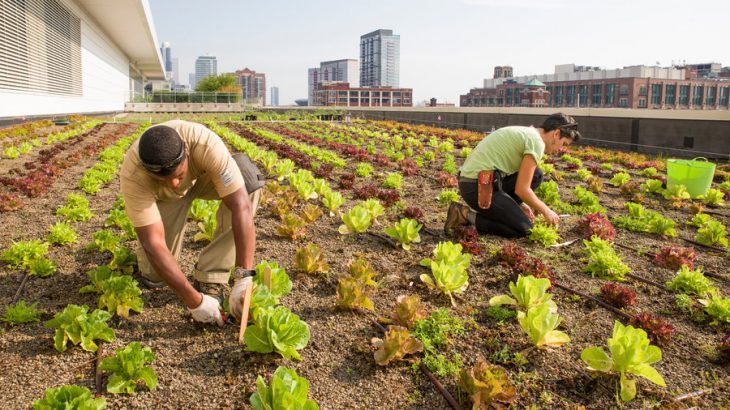Growing your own vegetable garden can be easy, successful and satisfying when you have a plan.
Where do you have sun? What vegetables do you like? Are you going to preserve or consume the produce when it comes in? When are you going to garden?
Everyone can be successful at growing their own food whether it’s a patio tub, deck tomatoes or a large plot in the backyard.
It all starts with quality soil. To find out exactly what your soil needs to produce the best harvest beforeall your hard work, we strongly suggest “Soil Testing”.
The University of Minnesota provides soil testing for $17.00. Take a soil sample from your gardening area by digging multiple core samples with a gardening trowel 0-6” deep. Gather enough core samples to equal about a half-gallon of soil. Mix all the samples together.
We are happy to take in your soil samples, help you with the paperwork and submit them with no shipping charge.
We also provide a free consultation with Steve, our Lawn and Garden expert, when your results return in about 3-4 weeks. Steve is well versed in traditional and Organic gardening methods.
Choose vegetables that you and your family like to eat. Beginner gardeners should start with 2-3 vegetables from the cool weather vegetable list and 2-3 vegetables from the warm vegetable list.
Cool weather vegetables are planted in the early spring when the soil is still cool. These include cauliflower, brussels sprouts, broccoli, cabbage, potatoes, onions, radishes, lettuce, peas, spinach and kale. Warm weather vegetables are planted close to Memorial Weekend or later, when our soils and night time temps have warmed up. These vegetables include sweet corn, cucumbers, pumpkins, squash, tomatoes, and peppers.
Many vegetables can be started by seed, planted directly into your soil. Some vegetables are best started as seedlings, like cauliflower, brussels sprouts, broccoli, cabbage, tomatoes, and peppers. When using seedlings, dig a hole that is at least a few inches deeper than the depth of the pot the seedlings are in. Remove each seedling from its container and loosen the roots very gently. Plant the seedlings. Use a root stimulator to avoid “transplant shock”. Follow these simple steps for a great start.
Plan on “side dressing” some of your vegetables 4-8 weeks after planting so the vegetable crops produce to their full potential. Side dressing is the application of fertilizers in a shallow furrow along the side of vegetable rows or in a circle around individual plants. The dressings you choose depends on your soil type and what fertilizers were used prior to planting. Sweet corn, tomatoes, peppers and vine crops will need additional nitrogen; which produces higher yields. Water regularly.
Watering depends on a number of factors. The general rule is about an inch or two of water each week with deep, infrequent watering, as opposed to shallow frequent watering, which can lead to weaker root growth and evaporation.
Harvest time can sneak up quickly!
The challenge is to keep ahead of a plethora of vegetables. Take a basket out to the garden every day to see what has ripened. Picking vegetable as soon as they are ripe often encourages more production.
This abbreviated version of planting your vegetable garden can help you to have the best garden ever. More information would include weed control, caging or trellising some of your plants, row widths, proper organization of your space, watering, disease control (tomato blight) and insects.



